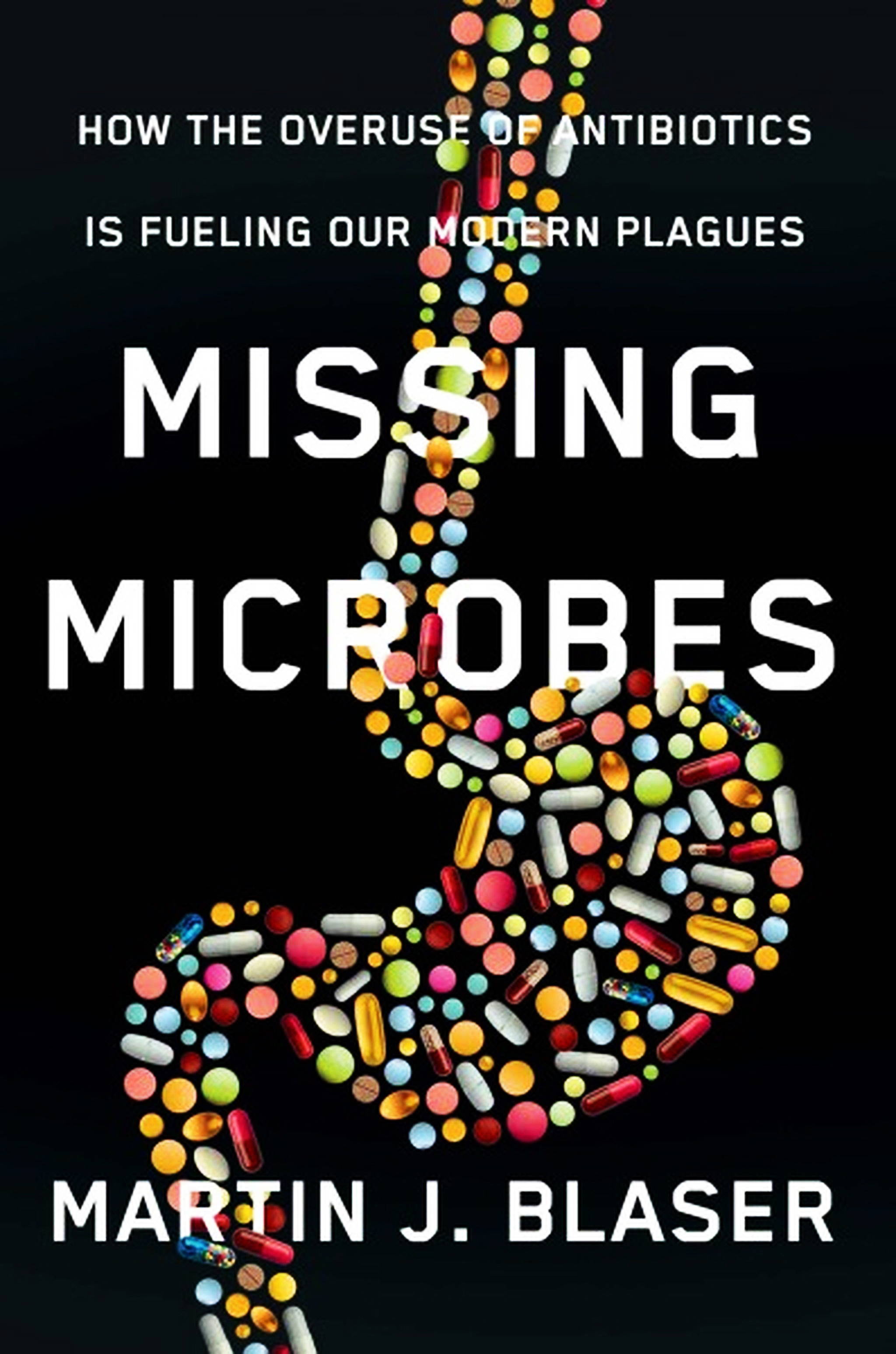As of today, it has been one year since James had needed to use an epi-pen. For the record, it's the day before his birthday. I'm never sure how to talk about his life threatening reactions - all emotion with no language attached. While we were on our way to Urgent Care (note: if you have given an epi-pen, please go to the ER, not Urgent Care), James looked at me and said, "I want to go to Dr. Li. I don't ever want to go through this again."
Eight months earlier, after James's failed food challenge, I had begun researching and had brought up Dr. Li to both him and my husband. James was adamant that he was not interested. He would avoid his allergens and be fine. He didn't want to eat what he was allergic to. He didn't want anything to do with allergists. He wanted to be left alone. On the wise advice from others in the CHA FB group, I continued to mention case studies every so often to keep Dr. Li in his mind, but conversationally.
And although he wanted to be left alone, his condition changed after his food challenge. For the first year after diagnosis, I knew very little about food allergies and that was fine. I read labels without worrying about "crazy" things like were there nuts in the factory (I didn't even know that the label didn't have to reflect that), he ate at other people's houses, whatever was served, out at restaurants - we went about our lives minus his allergens and had only one incident, when he was served nut ice cream at an ice cream parlor (yes, we even ate at ice cream parlors). Luckily, he was sharing with my husband, who ate first and discovered the error.
After his food challenge, I first learned about the screwy labeling laws, when he got sick after having some sprinkles on a cupcake I made and he got sick. He had had his healthiest year his entire life after having his allergens removed (because he had had chronic diarrhea before that) and suddenly, sick again. I called about the sprinkles, and felt my world tilt, 'Could he really be sick from the amount of nut that could be in a bottle of sprinkles?'
Then, it was a tea bag that my husband brought home after a conference. In this case, there was no case of cross contact, but it was a rooibos tea, and, the operator told me in a concerned voice, she thought I ought to call my allergist, because it was a legume like peanuts. And soon, he was getting sick from more and more legumes, until we decided to avoid them altogether.
Which brings use to June 30, 2014, when for dinner, he had mango, melon, and rice (in my defense, I'm sure more was served. I have no idea what anymore). And he had diarrhea. Not unusual. But then, his throat started tightening, which was. He knew as soon as the diarrhea started it was not his usual, and had asked for Benadryl. When his throat started tightening, we went to the refrigerator, talked about the emergency action plan, and he administered the epi-pen to himself.
After a fair amount of testing, the reaction ended up being OAS to the melon. Illustrating the importance of following up with your allergist, Urgent Care called us and diagnosed him with a mango allergy because his RAST test was positive (it is also positive for melon but Urgent Care couldn't figure out how to code to test melon). OAS rarely causes a systemic reaction, however with two systems involved, his allergist agreed it was better to give the epi-pen than not.
Since seeing Dr. Li, James has not lost anymore foods. He has not had any severe reactions. I hope to celebrate this anniversary again next year.







